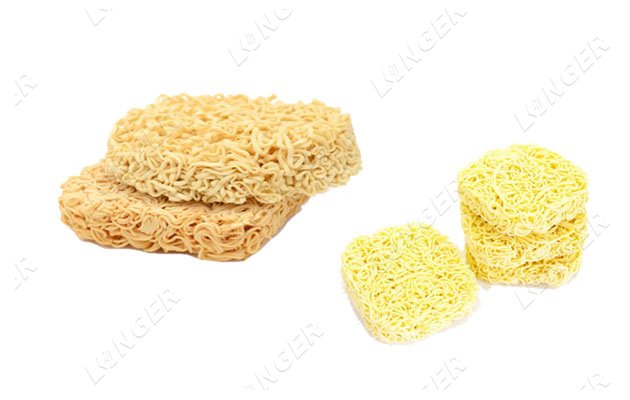What Is The Process Flow of Instant Noodles?
2023-05-04
Instant noodles, also known as ramen or quick noodles, are a popular and convenient food product that can be found in almost every corner of the world. But do you know what is the process flow of instant noodles? These pre-cooked noodles are made by a simple but efficient process that involves a few key steps. In this article, we will take a closer look at the process flow of instant noodles.

Step 1: Mixing and Kneading the Dough
The first step in making instant noodles is to mix and knead the dough. The ingredients typically used in the dough include wheat flour, water, and sometimes egg. The dough is then kneaded until it reaches a smooth consistency, which is essential for the next step.
Step 2: Rolling and Cutting
Once the dough is properly kneaded, it is rolled out and cut into thin noodles using a machine. These noodles are then dusted with cornstarch or potato starch to prevent them from sticking together.
Step 3: Steaming
The cut noodles are then steamed for a short period, usually around 2-3 minutes. This steaming process helps to cook the noodles slightly and also removes any excess moisture.
Step 4: Frying
The steamed noodles are then fried in hot oil, typically palm oil or vegetable oil, at a temperature of around 140-160°C. The frying process takes only a few minutes, during which time the noodles turn golden brown and crispy.
Step 5: Cooling and Drying
After frying, the noodles are cooled down and dried to remove any excess oil. This step helps to ensure that the noodles are not too greasy and are ready for packaging.
Step 6: Flavoring and Packaging
The final step in making fried instant noodles is flavoring and packaging. Different flavorings and seasonings, such as salt, soy sauce, or chili powder, can be added to the noodles depending on the desired taste. The noodles are then packaged in an airtight container or packet to preserve their freshness.
The process flow of instant noodles is a simple but efficient process that has been refined over many years. From mixing and kneading to steaming, drying, and packaging, each step is essential in creating the perfect instant noodle. As a result of this process, instant noodles have become a staple food product that is loved by people all over the world.

Step 1: Mixing and Kneading the Dough
The first step in making instant noodles is to mix and knead the dough. The ingredients typically used in the dough include wheat flour, water, and sometimes egg. The dough is then kneaded until it reaches a smooth consistency, which is essential for the next step.
Step 2: Rolling and Cutting
Once the dough is properly kneaded, it is rolled out and cut into thin noodles using a machine. These noodles are then dusted with cornstarch or potato starch to prevent them from sticking together.
Step 3: Steaming
The cut noodles are then steamed for a short period, usually around 2-3 minutes. This steaming process helps to cook the noodles slightly and also removes any excess moisture.
Step 4: Frying
The steamed noodles are then fried in hot oil, typically palm oil or vegetable oil, at a temperature of around 140-160°C. The frying process takes only a few minutes, during which time the noodles turn golden brown and crispy.
Step 5: Cooling and Drying
After frying, the noodles are cooled down and dried to remove any excess oil. This step helps to ensure that the noodles are not too greasy and are ready for packaging.
Step 6: Flavoring and Packaging
The final step in making fried instant noodles is flavoring and packaging. Different flavorings and seasonings, such as salt, soy sauce, or chili powder, can be added to the noodles depending on the desired taste. The noodles are then packaged in an airtight container or packet to preserve their freshness.
The process flow of instant noodles is a simple but efficient process that has been refined over many years. From mixing and kneading to steaming, drying, and packaging, each step is essential in creating the perfect instant noodle. As a result of this process, instant noodles have become a staple food product that is loved by people all over the world.



 Message
Message